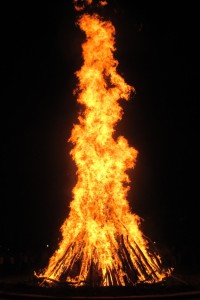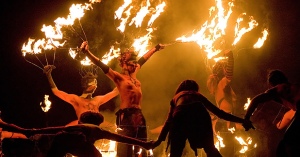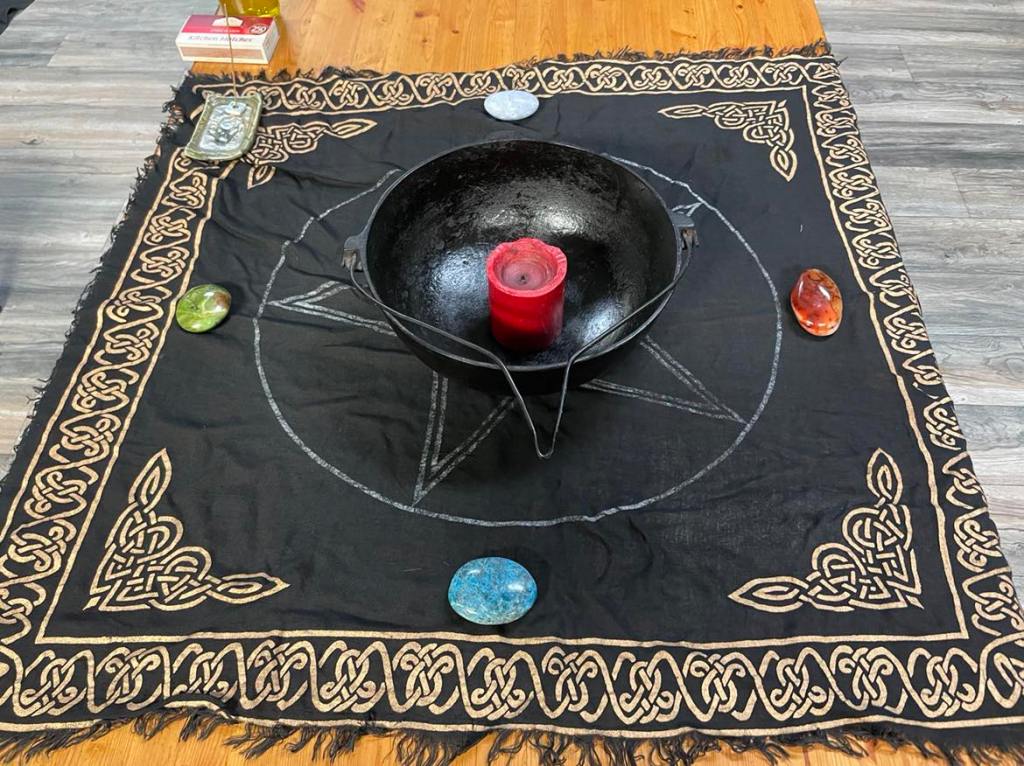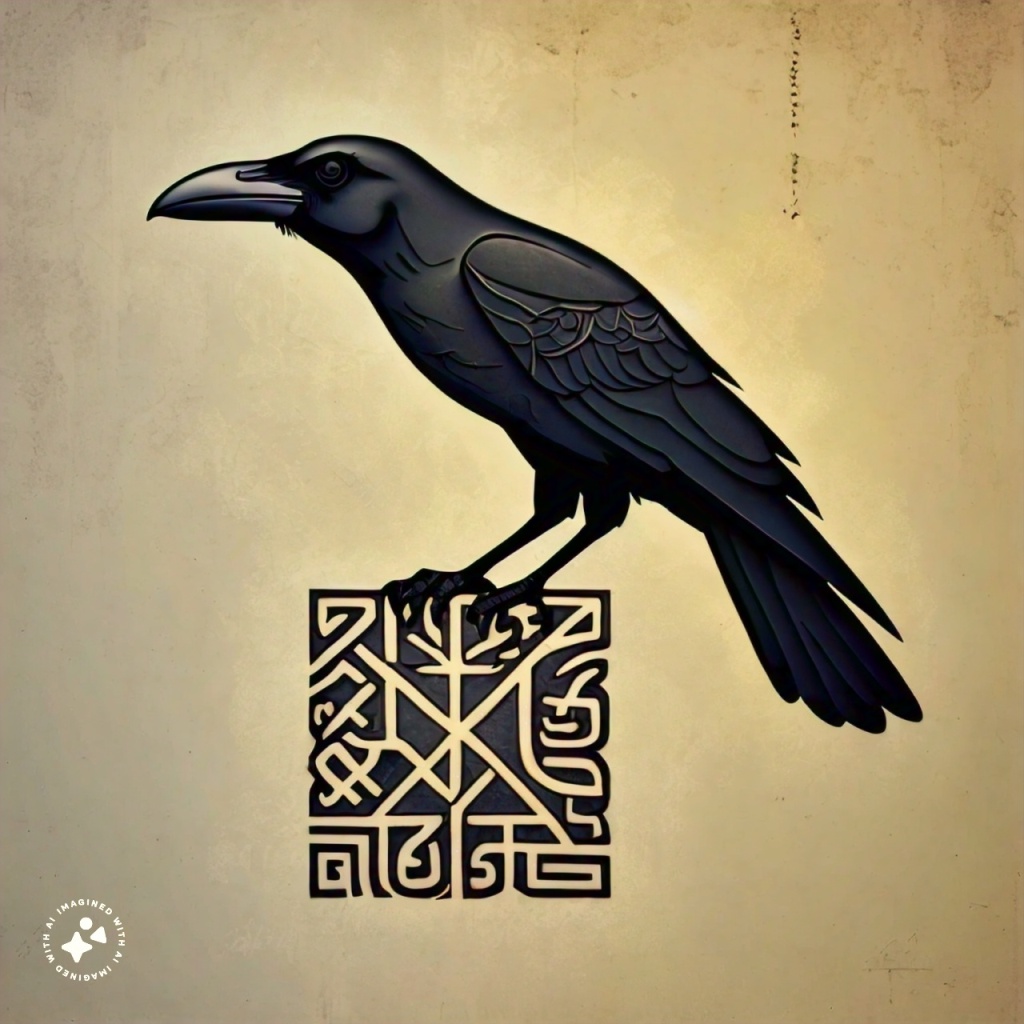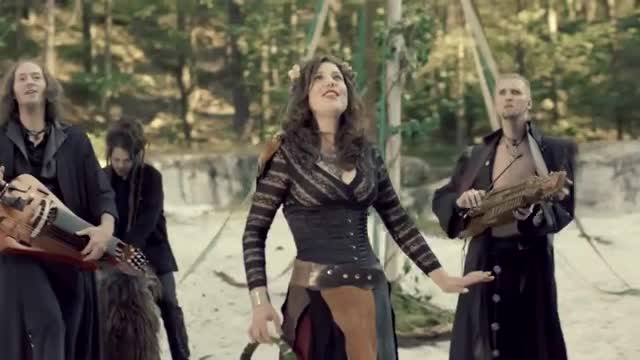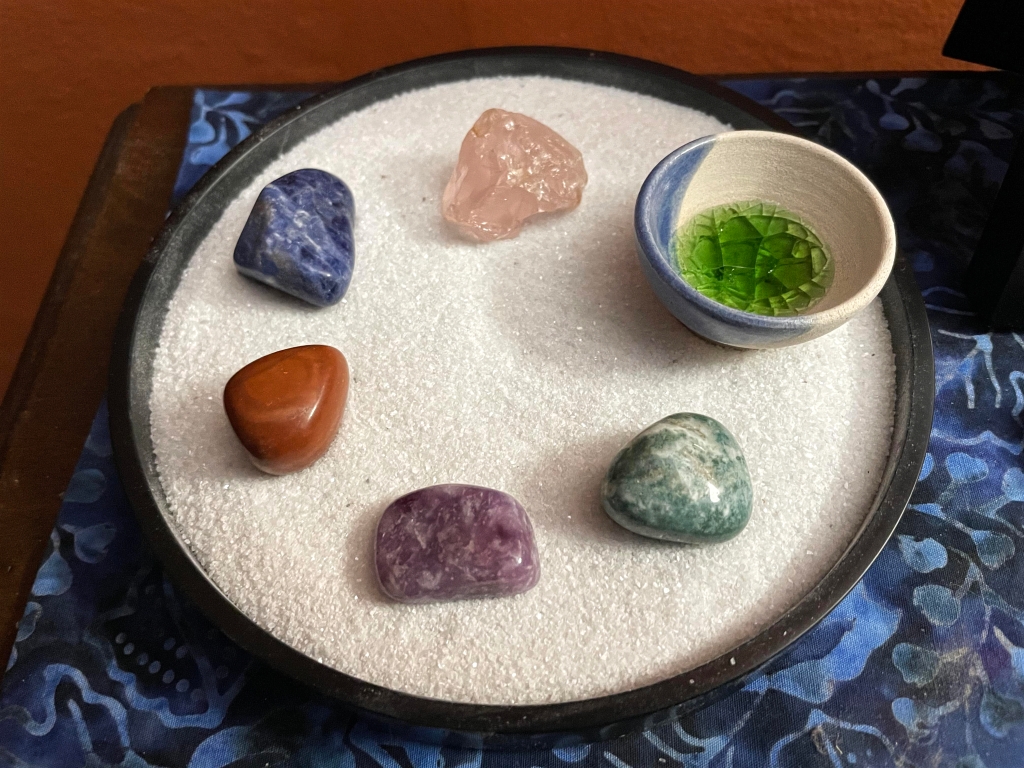This is the closing ritual we used at last night’s Welcoming Circle. Enjoy!
CASTING THE CIRCLE—David Taliesin
Light the green candle and say:
Ostara is upon us and Easter is before us,
And spring has just begun.
Baby plants are emerging from winter’s soil.
Dandelion, chickweed and nettle
Provide nourishment for our bodies.
Spring is a season to consider
What things we would like to grow
In the garden of our lives.
It’s a time to plant and nurture
New projects and new goals.
May the greening of spring
Be our source of inspiration tonight!
Light the yellow candle and say:
Spring is a season where the days grow longer
And the sun feels warm against our skin.
Our focus shifts from indoors to outdoors
As we awake from winter’s hibernation.
We garden. We hike in the woods.
The little child that lives in us
Asks us to come out and play…
And we accept the invitation.
May the sun’s golden rays
Be our source of inspiration tonight!
Light the purple candle and say:
Spring is a season where the Divine
Breathes new life into us,
Waking us up from winter doldrums,
And filling us with creative energy.
We awaken to wonder, miracle, and mystery.
We see bold visions and dream dreams of new adventures
That fill us with vitality and purpose.
May the Divine’s energetic presence
Be our source of inspiration tonight!
Take the crystal athame and cast the circle, while saying:
We cast this circle and create
a sacred space for us to dwell.
May it protect us from all spirits and powers
that seek to do us harm. So mote it be!
CALLING THE QUARTERS—David Taliesin
Guardians and Ancestors of the East,
Spirits of Air,
You blow through our lives like a warm spring breeze
Whispering into our ears the mysteries of the universe.
Lend your wisdom and insight to us tonight.
Hail and welcome!
Guardians and Ancestors of the South,
Spirits of Fire,
You illumine our path like the rays of the sun,
Showing us the way forward.
Lend your guidance and clarity to us tonight.
Hail and welcome!
Guardians and Ancestors of the West,
Spirits of Water,
You nourish our spirits like a gentle rain,
Filling us with peace, love and gratitude.
Lend your compassion and shalom to us tonight.
Hail and welcome!
Guardians and Ancestors of the North,
Spirits of Earth,
You cause new growth to germinate in us,
And give us a firm foundation to stand upon.
Lend your stability and strength to us tonight.
Hail and welcome!
Great Spirit, Divine Presence,
Who is known to us by many names,
You are the power of rebirth and regeneration
You are the promise that spring will come
After the winter seasons of our lives.
Bless us and be with us tonight.
We are honored by your presence.
Hail and welcome!
SETTING SPRING INTENTIONS—David Taliesin
The egg is a symbol of fertility and new life which were decorated in days of old to honor the Goddess. Tonight I ask that you take one of the plastic eggs in the basket and hold it in your hands. Take some time in silence to think about the things you would like to give birth to this spring. In order to birth something new, part of your intention may be to let something go. When your vision for what you would like to accomplish is clear, take a pen and as many strips of paper as you need. Write your intentions on theses strips of paper and place them in the egg. (Pause until everyone is done.)
Now we will raise energy to empower the intentions that are contained in our eggs. We’ll use the Om-ah…..Now direct the energy into your egg. One, two, three, release.
After our ritual is over, I ask that you take these home with you and place them in a prominent place in your home such as an altar. Periodically open the egg and take a look at the intentions you’ve made tonight. See how well you are doing in fulfilling them.
BLESSING FOR SETTING INTENTIONS—adapted. LLewellyn’s Sabbat Essentials
Great Spirit, Divine Presence,
Giver of life and Creator of all things,
life has many twists and turns
and now we embark on a new path
We are afraid to travel alone.
We ask for your guidance,
and your loving helping hand
to support us along the way.
We ask that when needed
you will lead us in the right direction
and steer us away from wrong turns.
Help us to keep on the path
and to not stray away even when we’re tempted.
Assist us in moving forward, and not in reverse.
Comfort us when needed.
Bless our paths and the journeys we undertake.
Encourage us in times of self-doubt.
Protect us from those willing to harm us,
even if it is ourselves.
Embrace us in your loving arms, to give us peace
and surround us in perfect love and perfect trust.
So mote it be! Amen!
CLOSING THE CIRCLE—David Taliesin
Great Spirit, Divine Presence,
We thank you for your presence in our circle tonight.
We thank you that you walk with us
Every step fo the way as we leave this place
And go out into a world that is sometimes
Cruel and unforgiving.
Stay if you will. go if you must.
We bid you farewell!
Guardians and Ancestors of the North,
Spirits of Earth,
We thank you for your presence in our circle tonight.
May your stability and strength travel with us
As we leave this place.
Stay if you will. go if you must!
We bid you farewell!
Guardians and Ancestors of the West,
Spirits of Water,
We thank you for your presence in our circle tonight.
May your compassion and shalom travel with us
As we leave this place.
Stay if you will, go if you must.
We bid you farewell!
Guardians and Ancestors of the South,
Spirits of Fire,
We thank you for your presence in our circle tonight.
May your guidance and clarity travel with us
As we leave this place.
Stay if you will, go if you must.
We bid you farewell!
Guardians and Ancestors of the East,
Spirits of Air,
We thank you for your presence in our circle tonight.
May your wisdom and insight travel with us
As we leave this place.
Stay if you will, go if you must.
We bid you farewell!
The circle is open but never unbroken
Because it is a circle woven in love.
Whatever energy is left in this space
We return to the earth with a spirit of gratitude.
Merry meet and merry part, and merry meet again.
Sections cited as written by David Taliesin ©2024, http://www.sabbatsandsabbaths.com



